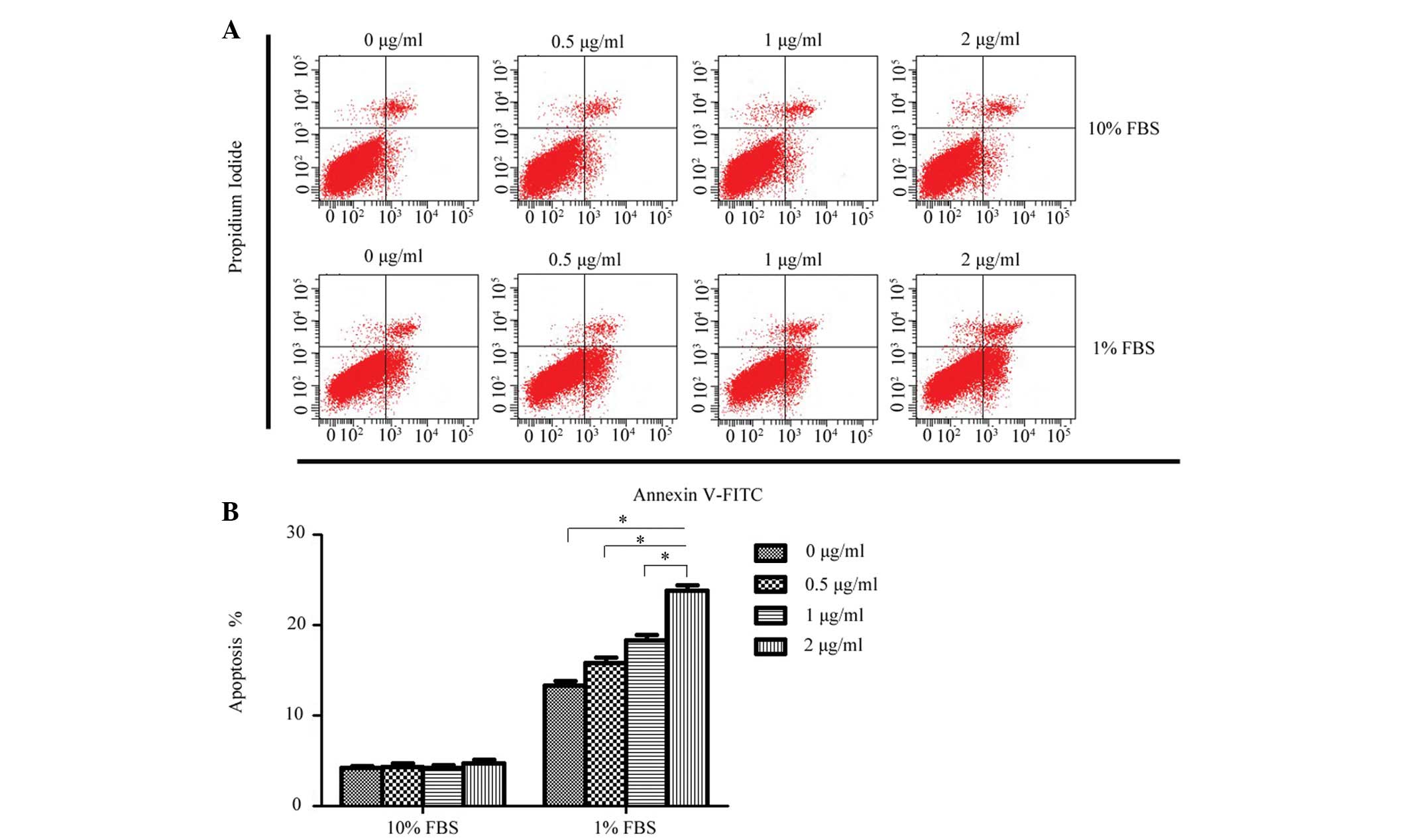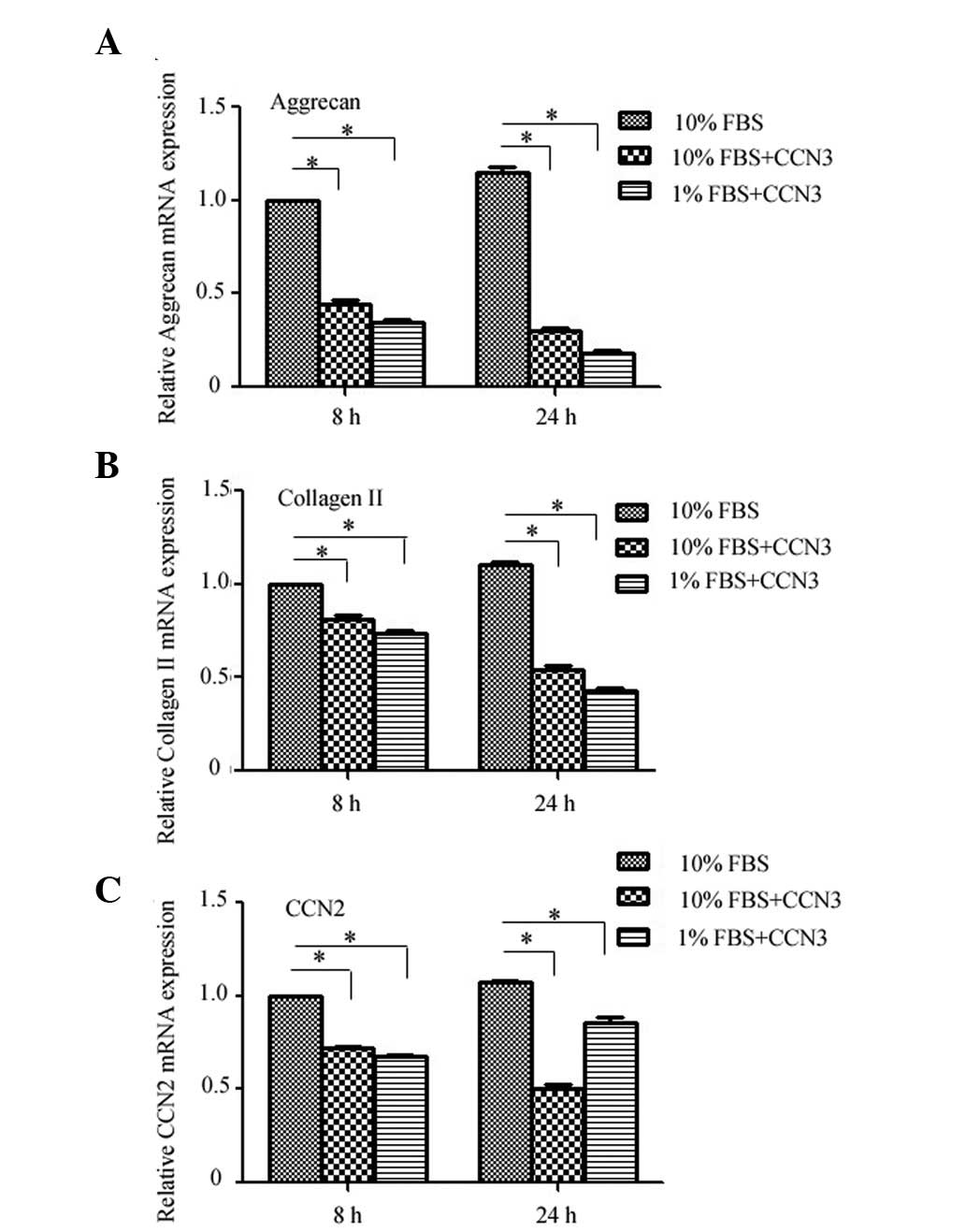|
1
|
Hoy D, Brooks P, Woolf A, Blyth F, March
L, Bain C, Baker P, Smith E and Buchbinder R: Assessing risk of
bias in prevalence studies: Modification of an existing tool and
evidence of interrater agreement. J Clin Epidemiol. 65:934–939.
2012. View Article : Google Scholar : PubMed/NCBI
|
|
2
|
de Schepper EI, Damen J, van Meurs JB,
Ginai AZ, Popham M, Hofman A, Koes BW and Bierma-Zeinstra SM: The
association between lumbar disc degeneration and low back pain: The
influence of age, gender, and individual radiographic features.
Spine (Phila Pa 1976). 35:531–536. 2010. View Article : Google Scholar
|
|
3
|
Magnier C, Boiron O, Wendling-Mansuy S,
Chabrand P and Deplano V: Nutrient distribution and metabolism in
the intervertebral disc in the unloaded state: A parametric study.
J Biomech. 42:100–108. 2009. View Article : Google Scholar
|
|
4
|
Raj PP: Intervertebral disc:
Anatomy-physiology-pathophysiology-treatment. Pain Pract. 8:18–44.
2008. View Article : Google Scholar : PubMed/NCBI
|
|
5
|
Grunhagen T, Shirazi-Adl A, Fairbank JC
and Urban JP: Intervertebral disk nutrition: A review of factors
influencing concentrations of nutrients and metabolites. Orthop
Clin North Am. 42:465–477. 2011. View Article : Google Scholar : PubMed/NCBI
|
|
6
|
Shirazi-Adl A, Taheri M and Urban JP:
Analysis of cell viability in intervertebral disc: Effect of
endplate permeability on cell population. J Biomech. 43:1330–1336.
2010. View Article : Google Scholar : PubMed/NCBI
|
|
7
|
Ding F, Shao ZW and Xiong LM: Cell death
in intervertebral disc degeneration. Apoptosis. 18:777–785. 2013.
View Article : Google Scholar : PubMed/NCBI
|
|
8
|
Kang R, Li H, Ringgaard S, Rickers K, Sun
H, Chen M, Xie L and Bünger C: Interference in the endplate
nutritional pathway causes intervertebral disc degeneration in an
immature porcine model. Int Orthop. 38:1011–1017. 2014. View Article : Google Scholar : PubMed/NCBI
|
|
9
|
Kubota S and Takigawa M: The CCN family
acting throughout the body: Recent research developments. Biomol
Concepts. 4:477–494. 2013. View Article : Google Scholar : PubMed/NCBI
|
|
10
|
Chen CC and Lau LF: Functions and
mechanisms of action of CCN matricellular proteins. Int J Biochem
Cell Biol. 41:771–783. 2009. View Article : Google Scholar :
|
|
11
|
Jun JI and Lau LF: Taking aim at the
extracellular matrix: CCN proteins as emerging therapeutic targets.
Nat Rev Drug Discov. 10:945–963. 2011. View
Article : Google Scholar : PubMed/NCBI
|
|
12
|
Tran CM, Smith HE, Symes A, Rittié L,
Perbal B, Shapiro IM and Risbud MV: Transforming growth factor β
controls CCN3 expression in nucleus pulposus cells of the
intervertebral disc. Arthritis Rheum. 63:3022–3031. 2011.
View Article : Google Scholar : PubMed/NCBI
|
|
13
|
Bedore J, Sha W, McCann MR, Liu S, Leask A
and Séguin CA: Impaired intervertebral disc development and
premature disc degeneration in mice with notochord-specific
deletion of CCN2. Arthritis Rheum. 65:2634–2644. 2013.PubMed/NCBI
|
|
14
|
Ren Z, Hou Y, Ma S, Tao Y, Li J, Cao H and
Ji L: Effects of CCN3 on fibroblast proliferation, apoptosis and
extracellular matrix production. Int J Mol Med. 33:1607–1612.
2014.PubMed/NCBI
|
|
15
|
Janune D, Kubota S, Nishida T, Kawaki H,
Perbal B, Iida S and Takigawa M: Novel effects of CCN3 that may
direct the differentiation of chondrocytes. FEBS Lett.
585:3033–3040. 2011. View Article : Google Scholar : PubMed/NCBI
|
|
16
|
Chen CC and Lau LF: Deadly liaisons: Fatal
attraction between CCN matricellular proteins and the tumor
necrosis factor family of cytokines. J Cell Commun Signal. 4:63–69.
2010. View Article : Google Scholar :
|
|
17
|
Juric V, Chen CC and Lau LF: Fas-mediated
apoptosis is regulated by the extracellular matrix protein CCN1
(CYR61) in vitro and in vivo. Mol Cell Biol. 29:3266–3279. 2009.
View Article : Google Scholar : PubMed/NCBI
|
|
18
|
Chen CC, Young JL, Monzon RI, Chen N,
Todorović V and Lau LF: Cytotoxicity of TNFalpha is regulated by
integrin-mediated matrix signaling. EMBO J. 26:1257–1267. 2007.
View Article : Google Scholar : PubMed/NCBI
|
|
19
|
Tran CM, Schoepflin ZR, Markova DZ, Kepler
CK, Anderson DG, Shapiro IM and Risbud MV: CCN2 suppresses
catabolic effects of interleukin-1β through α5β1 and αVβ3 integrins
in nucleus pulposus cells: Implications in intervertebral disc
degeneration. J Biol Chem. 289:7374–7387. 2014. View Article : Google Scholar : PubMed/NCBI
|
|
20
|
Heath E, Tahri D, Andermarcher E,
Schofield P, Fleming S and Boulter CA: Abnormal skeletal and
cardiac development, cardiomyopathy, muscle atrophy and cataracts
in mice with a targeted disruption of the Nov (Ccn3) gene. BMC Dev
Biol. 8:182008. View Article : Google Scholar : PubMed/NCBI
|
|
21
|
Ivkovic S, Yoon BS, Popoff SN, Safadi FF,
Libuda DE, Stephenson RC, Daluiski A and Lyons KM: Connective
tissue growth factor coordinates chondrogenesis and angiogenesis
during skeletal development. Development. 130:2779–2791. 2003.
View Article : Google Scholar : PubMed/NCBI
|
|
22
|
Ding L, Wu JP, Xu G, Zhu B, Zeng QM, Li DF
and Lu W: Lentiviral-mediated RNAi targeting caspase-3 inhibits
apoptosis induced by serum deprivation in rat endplate chondrocytes
in vitro. Braz J Med Biol Res. 47:445–451. 2014. View Article : Google Scholar : PubMed/NCBI
|
|
23
|
Tran CM, Markova D, Smith HE, Susarla B,
Ponnappan RK, Anderson DG, Symes A, Shapiro IM and Risbud MV:
Regulation of CCN2/connective tissue growth factor expression in
the nucleus pulposus of the intervertebral disc: Role of Smad and
activator protein 1 signaling. Arthritis Rheum. 62:1983–1992.
2010.PubMed/NCBI
|
|
24
|
Tran CM, Shapiro IM and Risbud MV:
Molecular regulation of CCN2 in the intervertebral disc: Lessons
learned from other connective tissues. Matrix Biol. 32:298–306.
2013. View Article : Google Scholar : PubMed/NCBI
|
|
25
|
Bedore J, Leask A and Séguin CA: Targeting
the extracellular matrix: Matricellular proteins regulate
cell-extracellular matrix communication within distinct niches of
the intervertebral disc. Matrix Biol. 37:124–130. 2014. View Article : Google Scholar : PubMed/NCBI
|
|
26
|
Kondo S, Kubota S, Mukudai Y, Moritani N,
Nishida T, Matsushita H, Matsumoto S, Sugahara T and Takigawa M:
Hypoxic regulation of stability of connective tissue growth
factor/CCN2 mRNA by 3′-untranslated region interacting with a
cellular protein in human chondrosarcoma cells. Oncogene.
25:1099–1110. 2006. View Article : Google Scholar
|
|
27
|
Kivelä R, Kyröläinen H, Selänne H, Komi
PV, Kainulainen H and Vihko V: A single bout of exercise with high
mechanical loading induces the expression of Cyr61/CCN1 and
CTGF/CCN2 in human skeletal muscle. J Appl Physiol (1985).
103:1395–1401. 2007. View Article : Google Scholar
|
|
28
|
Hee HT, Chuah YJ, Tan BH, Setiobudi T and
Wong HK: Vascularization and morphological changes of the endplate
after axial compression and distraction of the intervertebral disc.
Spine (Phila Pa 1976). 36:505–511. 2011. View Article : Google Scholar
|













